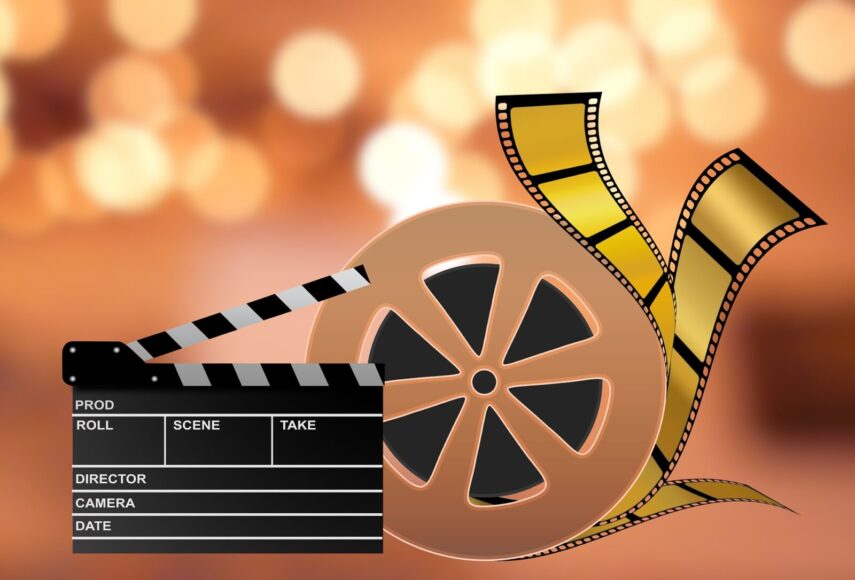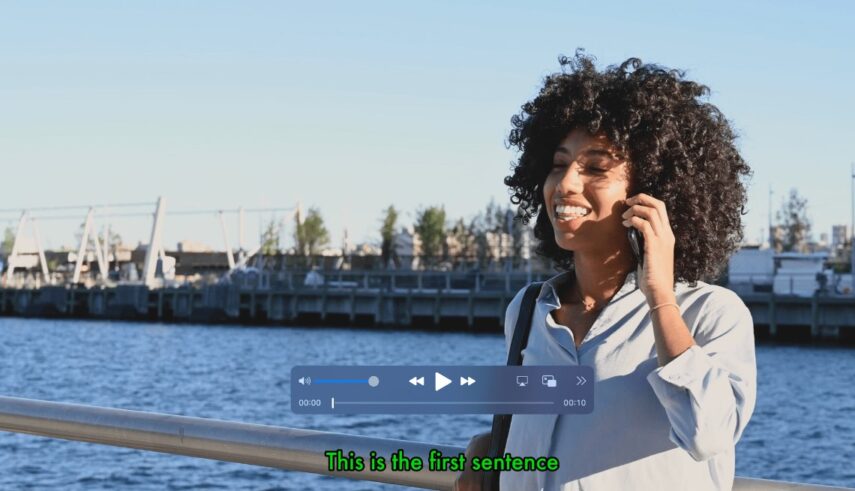Movie subtitling isn’t a walk in the park. It requires some serious attention to achieve both accuracy and cultural relevance. So, it’s not enough just to translate dialogue from one language into another. Technically, many easily-missable nuances are always at play if you don’t have extensive knowledge of both the source and target language and culture.
Subtitles need more than proficiency in two tongues. They must consider the context words used, what their intended meanings might be behind them, and even small changes in intonation. So, do you want to know more about movie subtitling? Read on.
Why Is Movie Subtitling Important?
Movie subtitling has evolved to become an indispensable component in the realm of international cinema, serving as a bridge across the myriad of languages and cultures that span the globe. It operates as a crucial enabler, allowing diverse audiences to immerse themselves in the richness of world cinema, experiencing narratives and storytelling styles from every corner of the planet.
Bridging Cultural and Linguistic Gaps
Subtitles do more than merely translate dialogues; they are the vessels that carry the essence, nuances, and cultural contexts of a film across different languages. They allow audiences to traverse cultural landscapes and peer into the lives, values, and beliefs of people from various societies, fostering a deeper understanding and appreciation of the diverse world we inhabit. In doing so, they help diminish cultural stereotypes and foster mutual respect and tolerance among disparate communities.
Economic and Creative Integrity

Dubbing, while a viable option, is often laden with significant costs and logistical challenges and can sometimes compromise the creative integrity of the original work. Voices, tones, and accents carry a film’s emotional undertone, and any alteration can potentially dilute the impact of performances.
Subtitling, on the other hand, preserves the original auditory experience of the film, allowing audiences to engage with the movie as envisioned by the creators, maintaining the authenticity and the emotional resonance of the original dialogues and performances.
Accessibility and Inclusivity
Subtitling is a beacon of inclusivity, opening doors to cinematic experiences for those who are deaf or hard of hearing. It provides an auditory-visual amalgamation, ensuring that everyone, regardless of their hearing abilities, can enjoy a movie in its entirety. It serves as an equalizer, providing a platform for universally inclusive entertainment, ensuring no one is left out of the shared human experience of storytelling through cinema.
Enhancement of Learning and Comprehension
For non-native speakers and language learners, subtitles act as a learning tool, aiding in the comprehension of new languages and dialects. They help in reinforcing vocabulary, improving listening skills, and understanding diverse accents and pronunciations, making them an invaluable resource in language acquisition processes.
Global Reach and Audience Expansion
Subtitling extends the reach of movies to international audiences, allowing filmmakers to tap into new markets and cultural domains. It amplifies the accessibility of movies, facilitating global distribution and exposure, contributing to the commercial success and recognition of movies on a global scale. By doing so, it enables the free flow of artistic expression across borders, enriching the global cinematic tapestry with varied textures and hues.
Ensuring Movie Subtitle Accuracy

Syncing subtitles with movie dialogue is one of the most daunting challenges any translator faces. They must guarantee that their translation accurately expresses both the original dialogue and its intention. Also, the subtitles should be in a way that fits into the natural flow of conversation, all while staying within the allotted time constraints. And they must achieve all this without sacrificing accuracy or cultural relevance. Technically, this is not an easy task by any means!
Have you ever noticed how some translations don’t capture humor quite as well? That’s because directly translating certain things from one language into another can make them lose part of their meaning along the way. So, having a profound understanding of language and culture is key for a translator to confidently do their job.
However, this knowledge requires more than just learning the lingo. Why? There are some elements present that only those who dwell in the culture can comprehend. It’s usual for any given dialogue to have multiple interpretations depending on surrounding dialects or regional peculiarities. Therefore, it’s fundamental for translators to arm themselves with enough information if they aim to have accurate subtitles that portray the right cultural values.
Balancing Accuracy and Sensitivity in Subtitles
Creating an accurate and culturally appropriate movie subtitle requires artistry and science. It’s all about finding the sweet spot between accuracy and sensitivity. This approach means making sure that viewers get the message without any offense or alienation.
Usually, it’s not about choosing words to translate directly from one language to another. Instead, skilled translators must come up with creative alternatives in order to capture nuances and prevent misinterpretations due to cultural differences while still preserving the original dialogue.
It is also important to take into account regional dialects or accents. Translations need to remain faithful to local variations where necessary. How? When words or phrases don’t translate well due to a cultural gap, interpreters must think hard about how audiences may view an alternative expression. Then, choose one that conveys the same sentiment without offending or confusing.
What Makes a Quality Subtitle?

No one can deny the exceptional role subtitles play in a movie. Viewers come from different languages and backgrounds and have diverse levels of understanding, so accurate translations are more than necessary. Why? They can help them get into the plot, characters, and dialogues without any difficulty. Technically, to create quality subtitles, the creators should ensure:
- Humor remains intact during subtitling, preserving idiomatic expressions in place as well as including slang words correctly.
- Proper attention to regional dialects so there won’t be any potential confusion.
- Mindfulness about how long the translated version is and if the font size is adequate so that viewers don’t experience any discomfort or annoyance.
- Appropriate subtitle timing so that the text appears and disappears when needed. It should also keep up with the movie’s action.
- Adequate match of the subtitles with what is in the video. This aspect ensures people don’t get confused by reading either too fast or too slow.
- Guideline adherence of 12-15 characters per second of video.
Conclusion
It’s evident that creating subtitles for films is a combination of art and science. Accuracy, cultural appropriateness, and excellence are integral parts of achieving an effective translation. Of course, you can use technology, but that doesn’t guarantee accuracy.
And that’s where experienced translators come in. They can ensure high accuracy and certify there won’t be misunderstandings due to some localized expressions. Click here to see more information.







